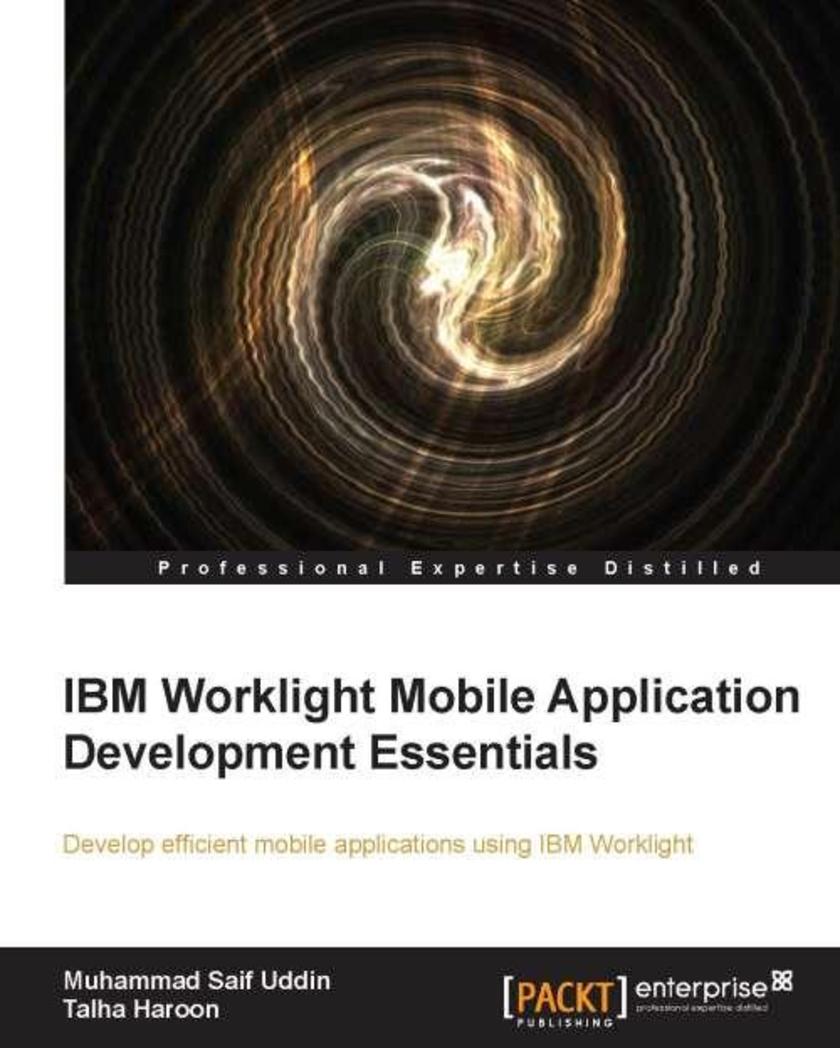
IBM Worklight Mobile Application Development Essentials
¥54.49
This book will guide you through the process of building an application and customizing it with the help of lucid instructions on development, configuration, and administration with a practical, stepbystep approach. If you are a developer who wants to create mobile applications quickly, this is the book for you. Some basic knowledge about of web technologies and client side languages such as JavaScript, CSS and HTML will serve you well.
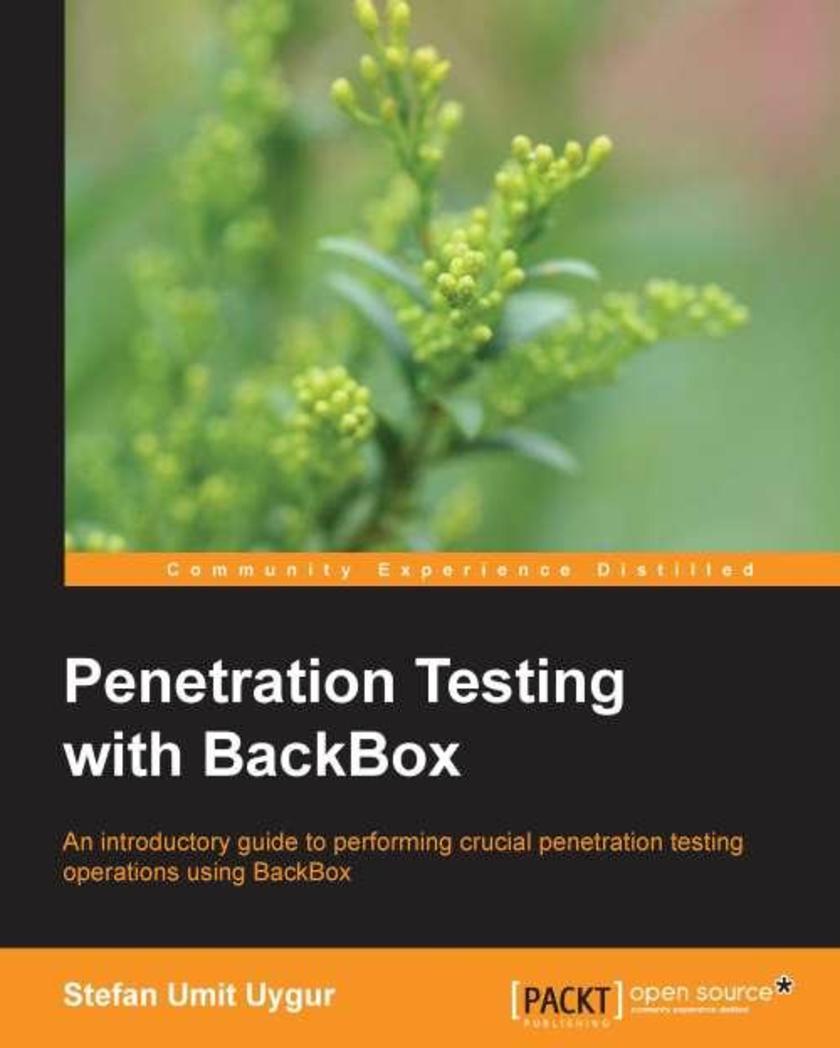
Penetration Testing with BackBox
¥54.49
This practical book outlines the steps needed to perform penetration testing using BackBox. It explains common penetration testing scenarios and gives practical explanations applicable to a realworld setting. This book is written primarily for security experts and system administrators who have an intermediate Linux capability. However, because of the simplicity and userfriendly design, it is also suitable for beginners looking to understand the principle steps of penetration testing.
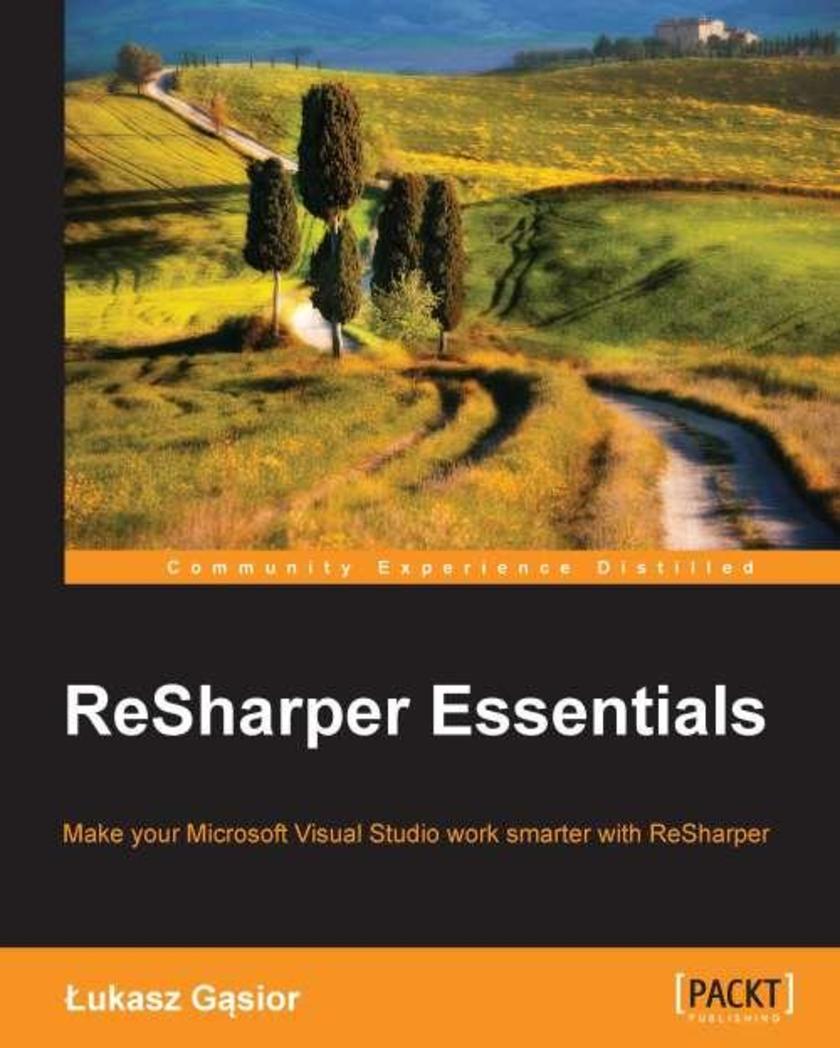
ReSharper Essentials
¥54.49
A practical, handson guide that will help you to unleash the power of ReSharper to write better quality code. If you are a developer who is working with Visual Studio and are looking to make your work more efficient, this book is for you. It is most useful for new ReSharper users but those who are currently using it will also find many useful tips and references updated to the latest version (8.1). Prior knowledge of Visual Studio is a must.
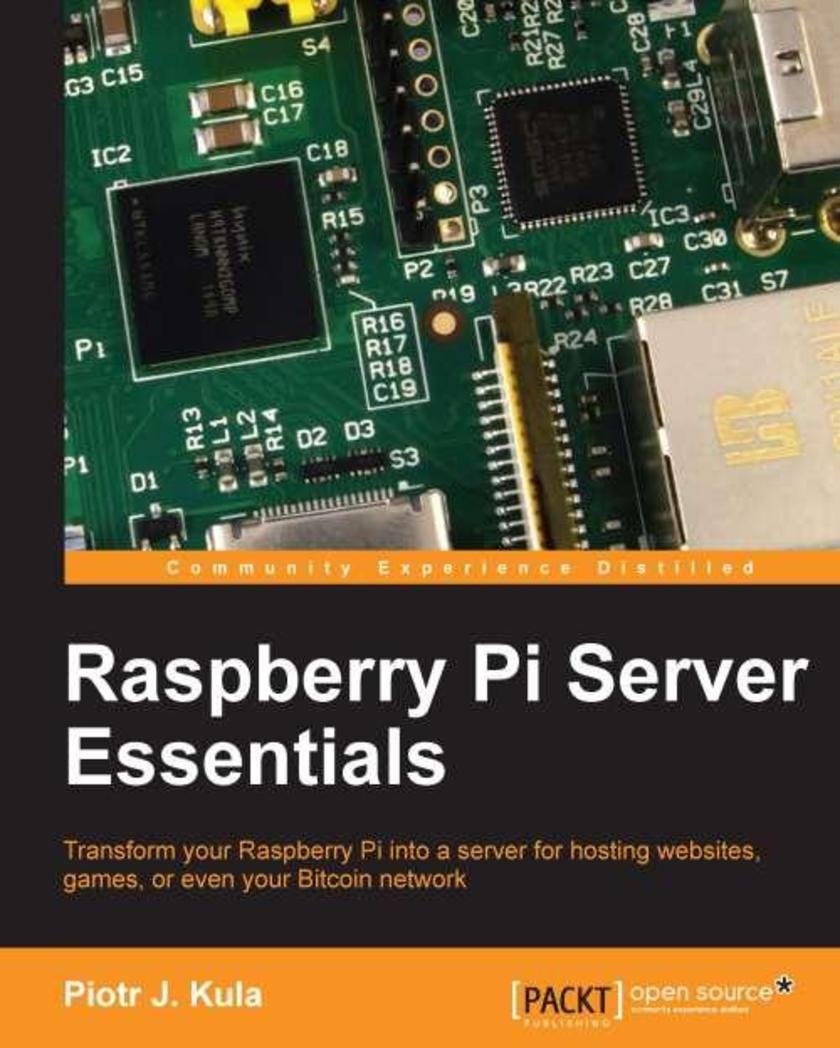
Raspberry Pi Server
¥54.49
This is an engaging, easy to follow guide for developing a wide range of server projects with Raspberry Pi This book is targeted towards all Raspberry Pi enthusiasts who are interested in exploring the potential of Pi as a server. Even if you have no prior experience with the Raspberry Pi, you can pick up this book and develop a wide range of projects.
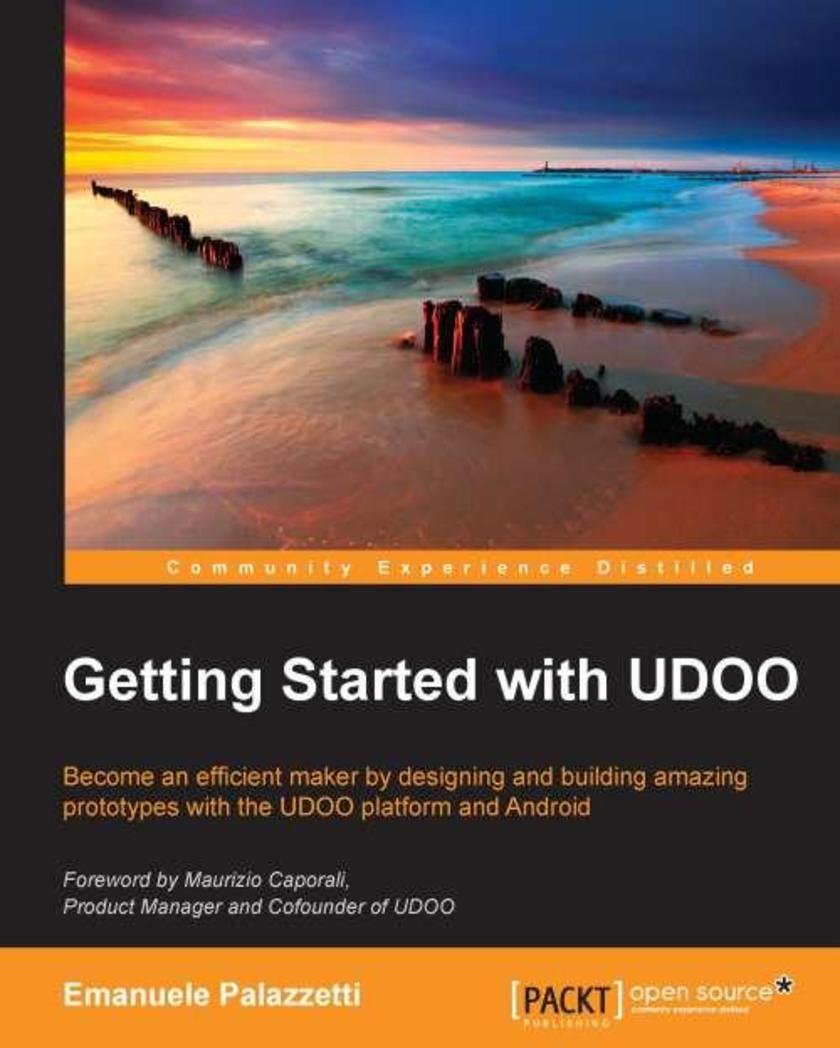
Getting Started with UDOO
¥54.49
If you are an Android developer who wants to learn how to use UDOO to build Android applications that are capable of interacting with their surrounding environment, then this book is ideal for you. Learning UDOO is the next great step to start building your first real-world prototypes powered by the Android operating system.
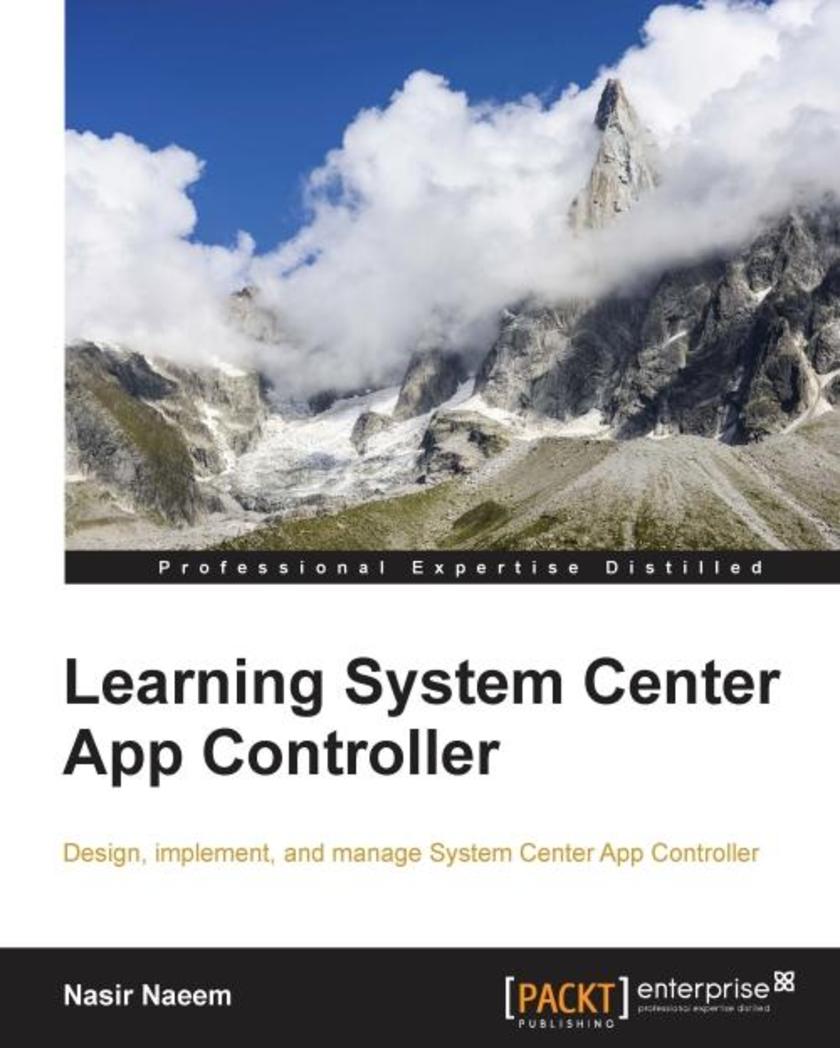
Learning System Center App Controller
¥54.49
This book is intended for IT professionals working with Hyper-V, Azure cloud, VMM, and private cloud technologies who are looking for a quick way to get up and running with System Center 2012 R2 App Controller. To get the most out of this book, you should be familiar with Microsoft Hyper-V technology. Knowledge of Virtual Machine Manager is helpful but not mandatory.
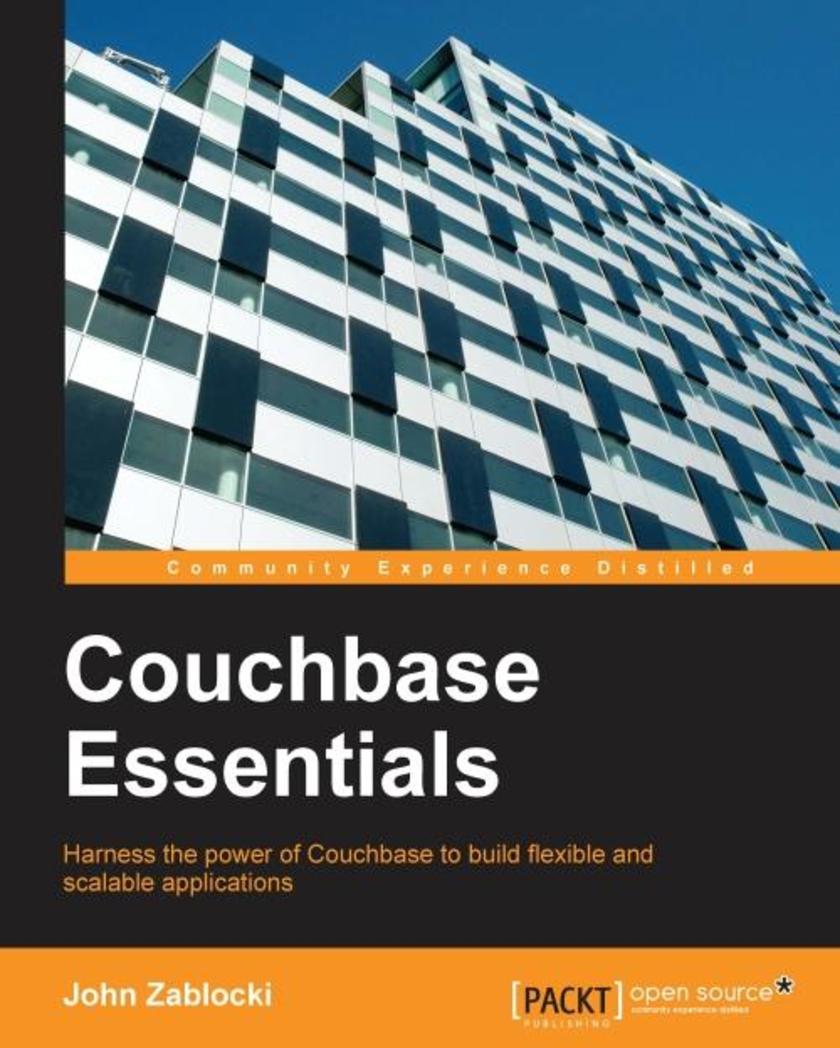
Couchbase Essentials
¥54.49
This book is for those application developers who want to achieve greater flexibility and scalability from their software. Whether you are familiar with other NoSQL databases or have only used relational systems, this book will provide you with enough background to move you along at your own pace. If you are new to NoSQL document databases, the design discussions and introductory material will give you the information you need to get started with Couchbase.

BeagleBone Essentials
¥54.49
If you are a developer with some hardware or electrical engineering experience who wants to learn how to use embedded machine-learning capabilities and get access to a GNU/Linux device driver to collect data from a peripheral or to control a device, this is the book for you.
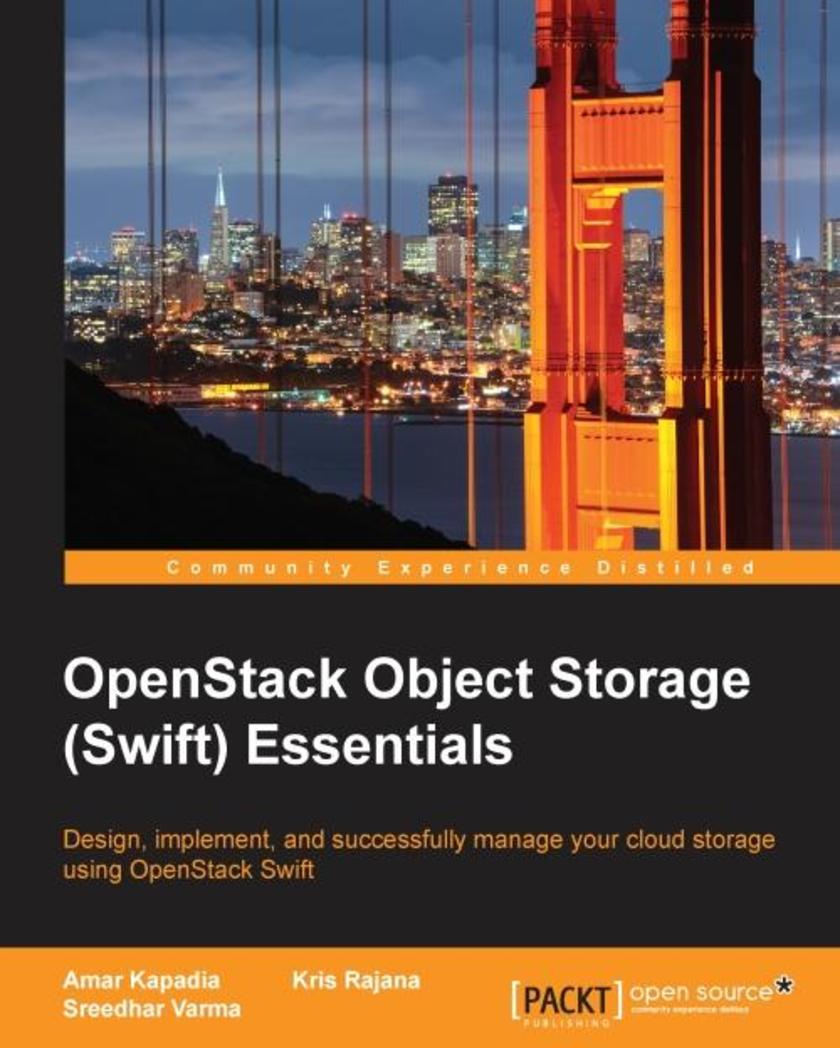
OpenStack Object Storage (Swift) Essentials
¥54.49
If you are an IT administrator and you want to enter the world of cloud storage using OpenStack Swift, then this book is ideal for you. Basic knowledge of Linux and server technology is beneficial to get the most out of the book.
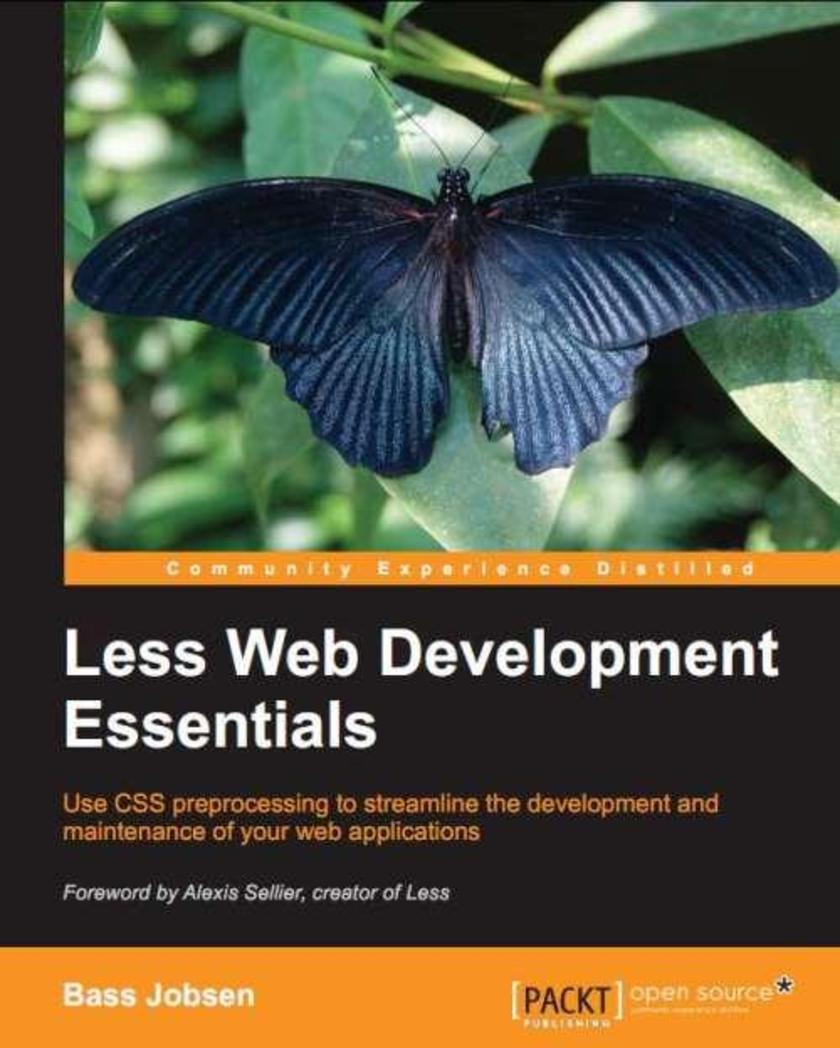
Less Web Development Essentials
¥54.49
Written in a practical and concise manner, this book is a crashcourse in teaching you the fundamental concepts of Less with reallife examples and problems. If you use CSS(3) in your web development tasks and would love to learn how to create maintainable and reusable code with Less, this book is ideal for you. Although you need to have some experience in web development, even beginners will find that this book is useful.
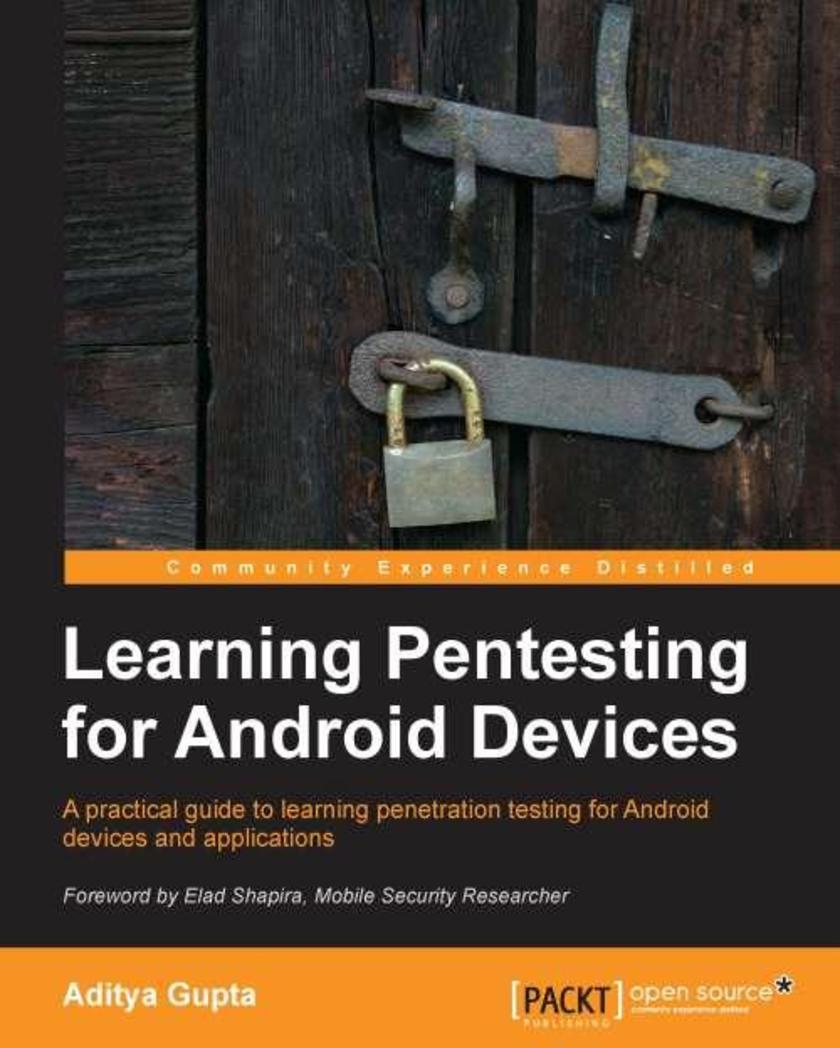
Learning Pentesting for Android
¥54.49
This is an easytofollow guide, full of handson and realworld examples of applications. Each of the vulnerabilities discussed in the book is accompanied with the practical approach to the vulnerability, and the underlying security issue. This book is intended for all those who are looking to get started in Android security or Android application penetration testing. You don’t need to be an Android developer to learn from this book, but it is highly recommended that developers have some experience in order to learn how to create secure applications for Android.
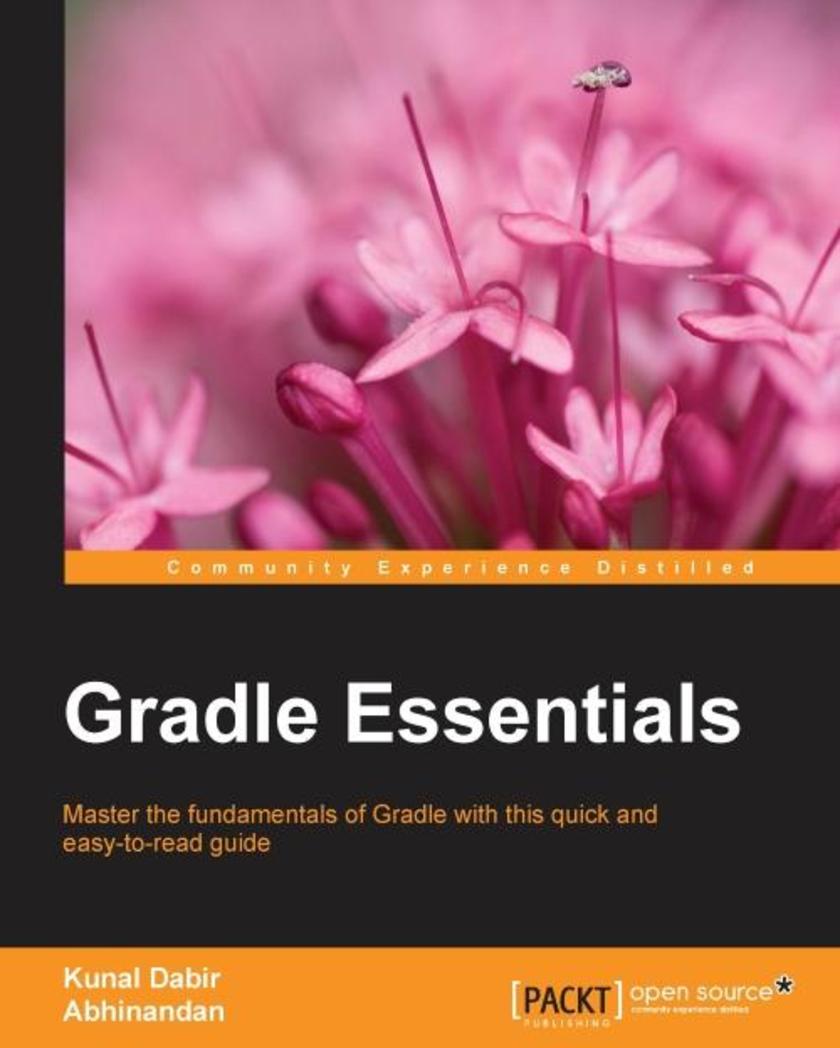
Gradle Essentials
¥54.49
Master the fundamentals of Gradle using real-world projects with this quick and easy-to-read guide About This Book Write beautiful build *s for various types of projects effortlessly Become more productive by harnessing the power and elegance of the Gradle DSL Learn how to use Gradle quickly and effectively with this step-by-step guide Who This Book Is For This book is for Java and other JVM-based language developers who want to use Gradle or are already using Gradle on their projects. No prior knowledge of Gradle is required, but some familiarity with build-related terminologies and an understanding of the Java language would help. What You Will Learn Master the Gradle DSL by identifying the building blocks Learn just enough Groovy for Gradle Set up tests and reports for your projects to make them CI ready Create library, stand-alone, and web projects Craft multi-module projects quickly and efficiently Migrate existing projects to a modern Gradle build Extract common build logic into plugins Write builds for languages like Java, Groovy, and Scala In Detail Gradle is an advanced and modern build automation tool. It inherits the best elements of the past generation of build tools, but it also differs and innovates to bring terseness, elegance, simplicity, and the flexibility to build. Right from installing Gradle and writing your first build file to creating a fully-fledged multi-module project build, this book will guide you through its topics in a step-by-step fashion. You will get your hands dirty with a simple Java project built with Gradle and go on to build web applications that are run with Jetty or Tomcat. We take a unique approach towards explaining the DSL using the Gradle API, which makes the DSL more accessible and intuitive. All in all, this book is a concise guide to help you decipher the Gradle build files, covering the essential topics that are most useful in real-world projects. With every chapter, you will learn a new topic and be able to readily implement your build files. Style and approach This step-by-step guide focuses on being productive with every chapter. When required, topics are explained in-depth to give you a good foundation of the Gradle fundamentals. The book covers most aspects of builds required for conventional JVM-based projects, and when necessary, points you towards the right resources.
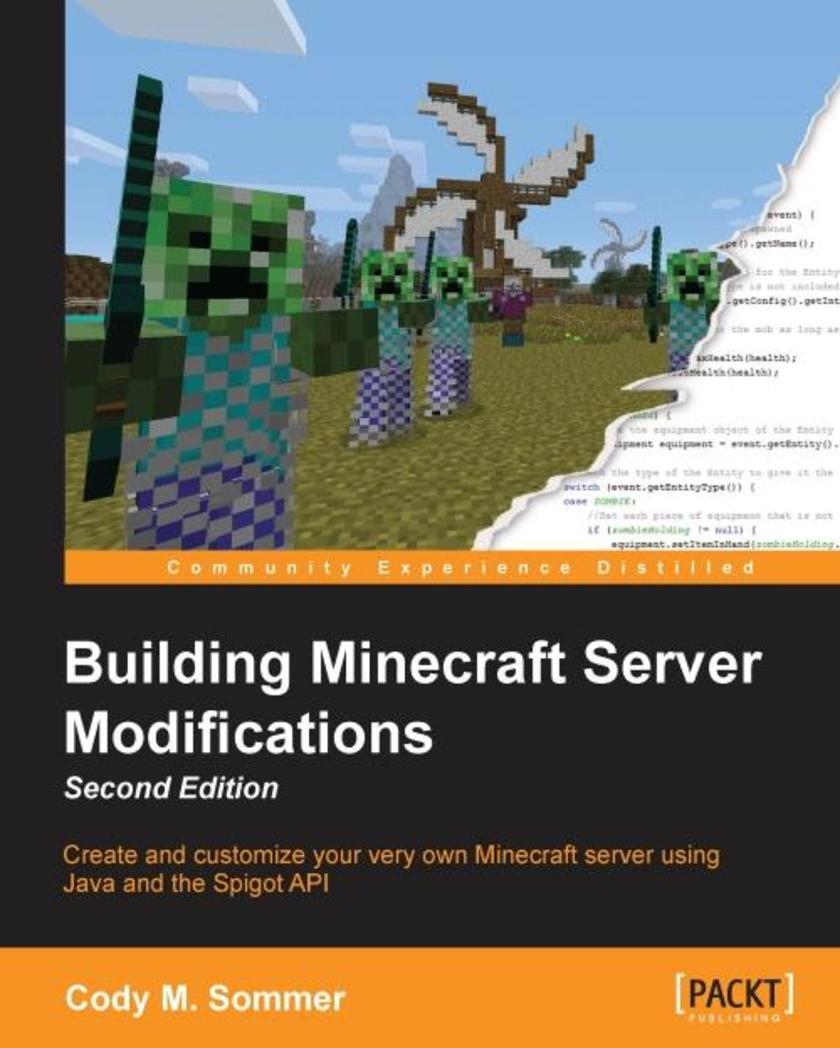
Building Minecraft Server Modifications - Second Edition
¥54.49
Create and customize your very own Minecraft server using Java and the Spigot API About This Book Set up a Minecraft server that you control Use object-oriented programming to modify Minecraft regardless of your level of experience This interactive guide will help you create a unique experience for you and your friends Who This Book Is For This book is great for anyone who is interested in customizing their Minecraft server. Whether you are new to programming, Java, Bukkit, or even Minecraft itself, this book has you covered. All you need is a valid Minecraft account. If you are interested in programming as a career or hobby, this book will get you started. If you are simply interested in playing Minecraft with your friends, then this book will help you make that experience even more enjoyable. What You Will Learn Install and run a Spigot server for free on your home PC Adjust the server settings to customize Minecraft to your liking Install an IDE and configure a project to write code Install and test plugins on a Spigot server Test your plugins through debugging the code Program in game commands and permissions Get to know advanced programming concepts such as event-driven programming, configuration files, saving/loading data, and scheduled tasks Implement configuration files to make your plugins customizable Save and load your plugin's data to persist across server restarts In Detail Minecraft is a sandbox game that allows you to play it in any way you want. Coupled with a multiplayer server powered by Spigot, you can customize the game even more! Using the Bukkit API, anyone interested in learning how to program can control their Minecraft world by developing server plugins. This book is a great introduction to software development through the wonderful world of Minecraft. We start by instructing you through how to set up your home PC for Minecraft server development. This includes an IDE complete with the required libraries as well as a Spigot server to test on. You will be guided through writing code for several different plugins. Each chapter teaches you new skills to create plugins of increasing complexity, and each plugin adds a new concept of the Bukkit API By the end of the book, you will have all the knowledge you need about the API to successfully create any type of plugin. You can then practice and build your Java skills through developing more mods for their server. Style and approach This hands-on guide is filled with interactive examples to help you modify Minecraft. Programming terms and concepts are explained along the way so even those who have never written code before can keep up.
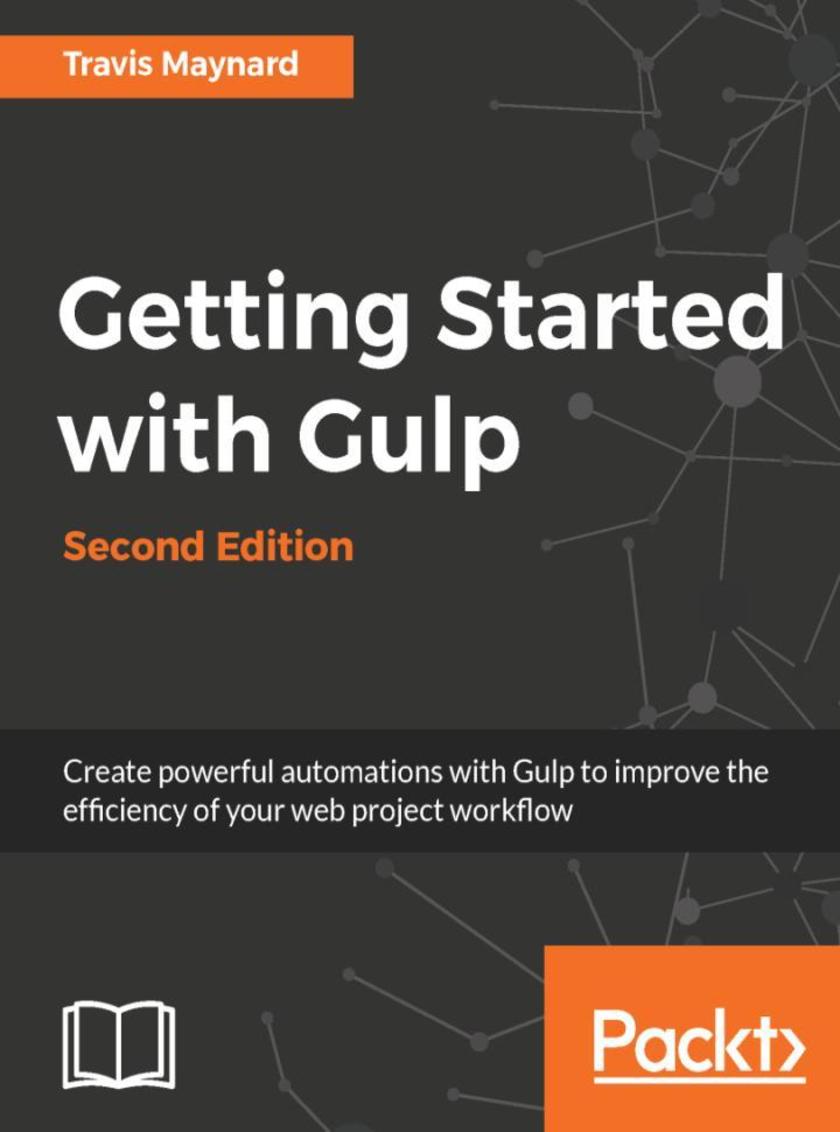
Getting Started with Gulp – Second Edition
¥54.49
"Key Features ?Gain a solid understanding of Gulp and write your own custom tasks from scratch ?Discover ways to add additional functionality to improve your tasks ?Get up-and-running with new features added to the latest version of Gulp Book De*ion This book is a hands-on guide to get you up to speed with gulp. You will quickly learn how to install, configure, and run your own build system. It will instill you with the ability to automate several common development tasks to vastly improve your development workflow. This book first demonstrates various Gulp use cases before running through the steps of configuring, running, and customizing Gulp, providing you with core concepts of gulp, node.js, and npm. Diving a bit deeper into the gulp ecosystem, we will discuss when and why to use a node module instead of a gulp plugin. We will also go over a few issues that we can run into while using gulp and learn about ways to work around them to improve your gulp experience. By the end of this book, you will be able to create your very own gulp build from scratch, create and maintain tasks and project builds, and automate your workflow with plugins and custom tasks. What you will learn ?How to use a command-line interface. ?Learn about Gulp, Node.js, and npm and how they work together. ?Create a Gulpfile from scratch and implement it into a project. ?Write basic tasks that will concatenate, minify, compress, and pre-process your files. ?Write advanced tasks that will run a local server, sync file changes to your browser, and allow you to write client-side JavaScript using ES2015. "
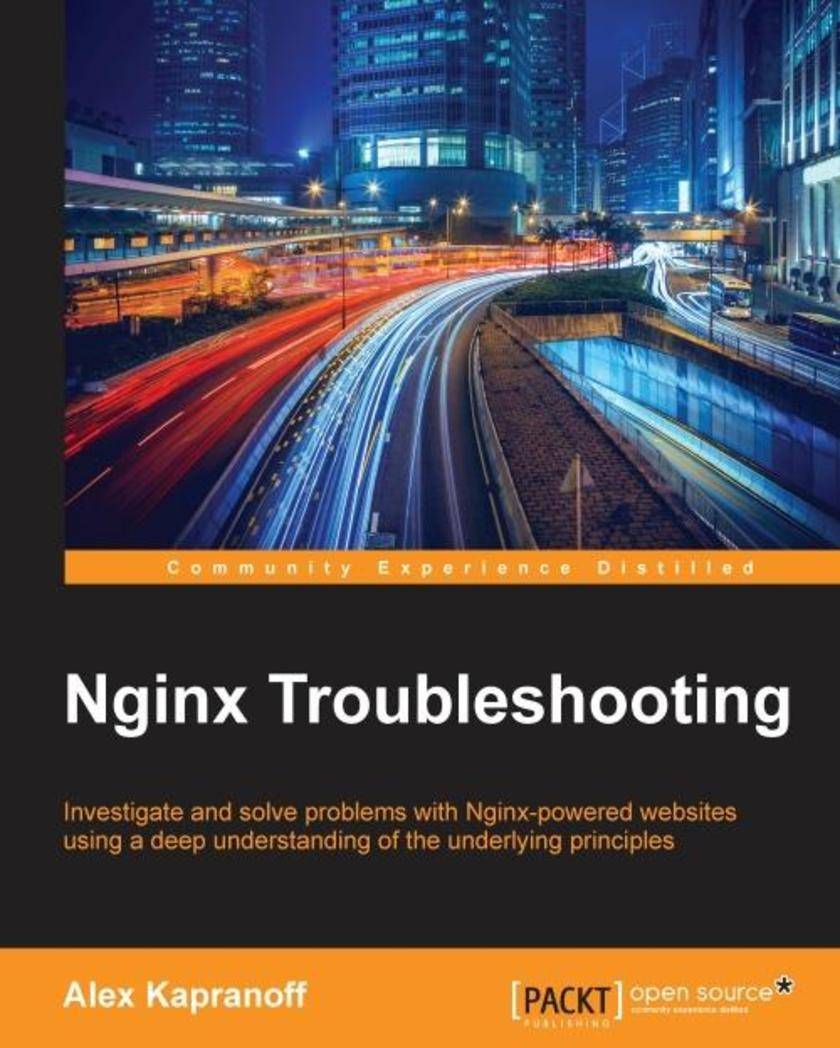
Nginx Troubleshooting
¥54.49
Investigate and solve problems with Nginx-powered websites using a deep understanding of the underlying principles About This Book Solve problems with your Nginx-powered websites before your audience notices anything Peek into the Nginx architecture and gain knowledge that will help you be valuable to you in the long run Gain knowledge of different types of problems in a step-by-step way Who This Book Is For The book is for technical specialists who already use Nginx to serve web pages for their users. Whether you are an experienced system administrator or a new professional, this book will help you do your job in the most efficient way. What You Will Learn Detect and investigate problems with your web servers Create correct and professional configuration files Get an in-depth understanding of the web server software Interpret Nginx log files easily and with actionable insights Make your websites respond as fast as possible Prevent problems by setting up proper monitoring and alerts In Detail Nginx is clearly winning the race to be the dominant software to power modern websites. It is fast and open source, maintained with passion by a brilliant team. This book will help you maintain your Nginx instances in a healthy and predictable state. It will lead you through all the types of problems you might encounter as a web administrator, with a special focus on performance and migration from older software. You will learn how to write good configuration files and will get good insights into Nginx logs. It will provide you solutions to problems such as missing or broken functionality and also show you how to tackle performance issues with the Nginx server. A special chapter is devoted to the art of prevention, that is, monitoring and alerting services you may use to detect problems before they manifest themselves on a big scale. The books ends with a reference to error and warning messages Nginx could emit to help you during incident investigations. Style and approach This comprehensive tutorial on Nginx troubleshooting takes an practical approach to guiding you through common issues in Nginx server.
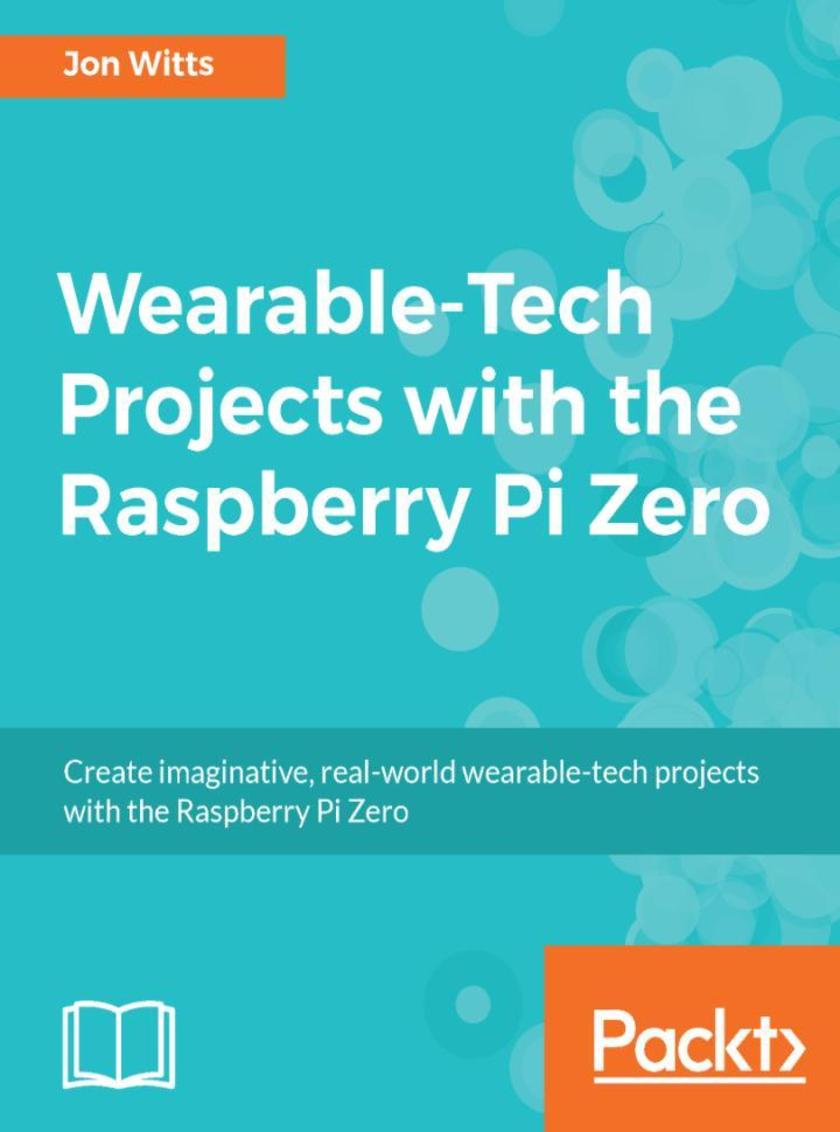
Wearable-Tech Projects with the Raspberry Pi Zero
¥54.49
Leverage the cheapest and smallest computer to build exciting wearable-tech projects. About This Book ? A practical and imaginative guide that exposes you to amazing wearable-tech projects ? Create our own heart-rate monitor device and cool projects such as a Tweet-activated LED T-shirt ? A practical guide packed with real-world, useful wearable-tech projects Who This Book Is For Everyone. While some prior knowledge of Python programming and use of the terminal on the Raspberry Pi would be advantageous, they are by no means necessary. Each chapter clearly sets the steps to be taken on your wearable-tech adventure. The first chapter assumes no prior knowledge to get your Pi Zero and you, up and running. The complexity of the electronic devices used, progress incrementally as you work through the chapters; there are clear steps to follow and pictures to help you at every turn along the way. What You Will Learn ? Make use of your Raspberry Pi Zero to create wearable-tech projects ? Interface with electronic devices and use Python to control them; incorporate these into real-world, practical, wearable-tech projects ? Add LED devices to clothing and connect them to your Pi Zero ? Change how LEDs react based upon your movement or messages sent through Twitter ? Create a pedometer and heart rate monitor ? Create your own GPS tracker In Detail With Wearable-Tech Projects with the Raspberry Pi Zero, you will begin with learning how to install the required software for your upcoming projects. You will also learn how to control electronic devices with the GPIOZero Python library. Next, you will be creating some stylish wearable-tech projects such as a motion-reactive LED cap and a Tweet-activated LED T-shirt. Toward the end of the book, you will be creating some useful health and fitness wearable-tech projects; these will help you monitor your heart rate, track your movements with GPS, and count your footsteps with your own pedometer. By the end of the book, you will have created a range of wearable-tech projects and learned enough about your Raspberry Pi Zero that you should be able to adapt these projects further or come up with your own creations! Style and approach This book showcases interesting and cool projects that use the Raspberry Pi Zero in wearable-tech. This book is for readers who are looking to progress to the next level of integrating hardware into their projects. Upon completion of each project, you will have a functional device that can be worn either to enhance your style or to provide you with practical data.
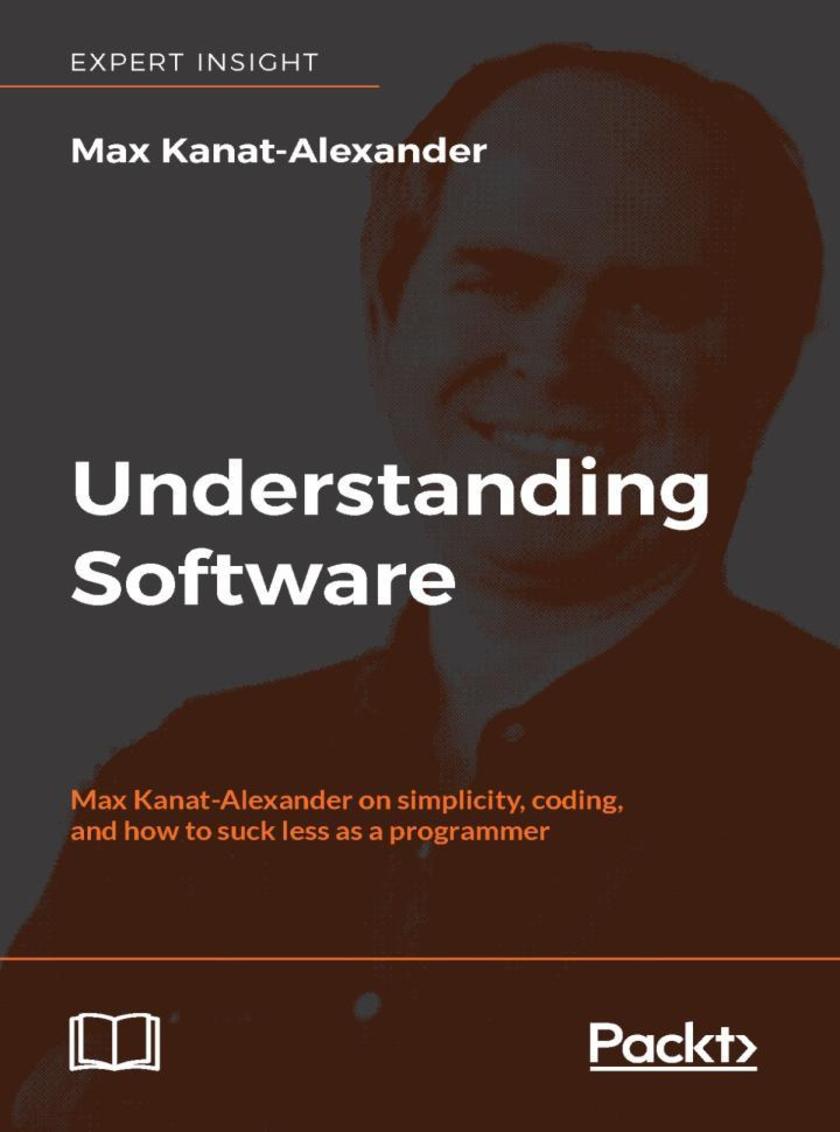
Understanding Software
¥54.49
Software legend Max Kanat-Alexander shows you how to succeed as a developer by embracing simplicity, with forty-three essays that will help you really understand the software you work with. About This Book ? Read and enjoy the superlative writing and insights of the legendary Max Kanat-Alexander ? Learn and reflect with Max on how to bring simplicity to your software design principles ? Discover the secrets of rockstar programmers and how to also just suck less as a programmer Who This Book Is For Understanding Software is for every programmer, or anyone who works with programmers. If life is feeling more complex than it should be, and you need to touch base with some clear thinking again, this book is for you. If you need some inspiration and a reminder of how to approach your work as a programmer by embracing some simplicity in your work again, this book is for you. If you’re one of Max’s followers already, this book is a collection of Max’s thoughts selected and curated for you to enjoy and reflect on. If you’re new to Max’s work, and ready to connect with the power of simplicity again, this book is for you! What You Will Learn ? See how to bring simplicity and success to your programming world ? Clues to complexity - and how to build excellent software ? Simplicity and software design ? Principles for programmers ? The secrets of rockstar programmers ? Max’s views and interpretation of the Software industry ? Why Programmers suck and how to suck less as a programmer ? Software design in two sentences ? What is a bug? Go deep into debugging In Detail In Understanding Software, Max Kanat-Alexander, Technical Lead for Code Health at Google, shows you how to bring simplicity back to computer programming. Max explains to you why programmers suck, and how to suck less as a programmer. There’s just too much complex stuff in the world. Complex stuff can’t be used, and it breaks too easily. Complexity is stupid. Simplicity is smart. Understanding Software covers many areas of programming, from how to write simple code to profound insights into programming, and then how to suck less at what you do! You'll discover the problems with software complexity, the root of its causes, and how to use simplicity to create great software. You'll examine debugging like you've never done before, and how to get a handle on being happy while working in teams. Max brings a selection of carefully crafted essays, thoughts, and advice about working and succeeding in the software industry, from his legendary blog Code Simplicity. Max has crafted forty-three essays which have the power to help you avoid complexity and embrace simplicity, so you can be a happier and more successful developer. Max's technical knowledge, insight, and kindness, has earned him code guru status, and his ideas will inspire you and help refresh your approach to the challenges of being a developer. Style and approach Understanding Software is a new selection of carefully chosen and crafted essays from Max Kanat-Alexander's legendary blog call Code Simplicity. Max’s writing and thoughts are great to sit and read cover to cover, or if you prefer you can drop in and see what you discover new every single time!
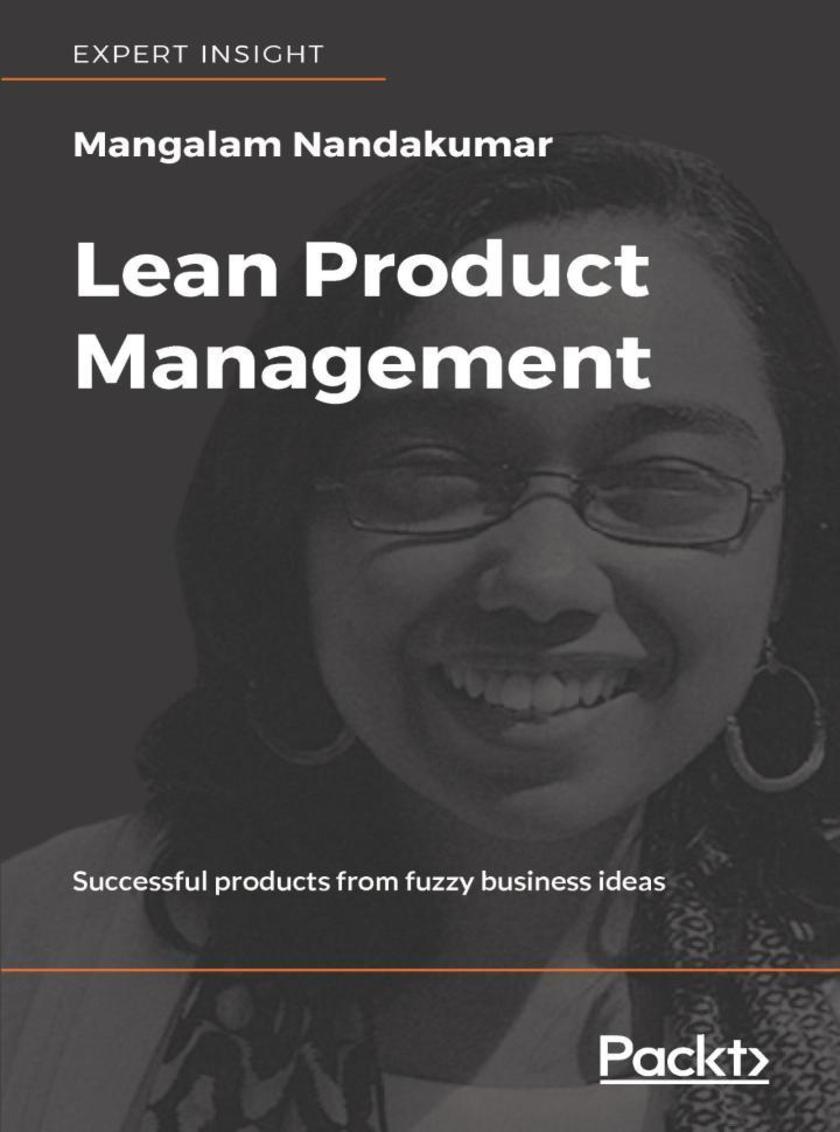
Lean Product Management
¥54.49
A guide to product management exploring the best practices: identifying the impact-driven product, planning for success, setting up and measuring time-bound metrics, and developing a lean product roadmap. About This Book ? Identifying Impact-Driven Products ? Investing in Key Business Outcomes ? Value mapping to maintain a lean product backlog ? Utilizing time-bound product metrics ? Eliminating process waste Who This Book Is For If you are leading a team that is building a new product, then this book is for you. The book is targeted at product managers, functional leads in enterprises, business sponsors venturing into new product offerings, product development teams, and start-up founders. What You Will Learn ? How do you execute ideas that matter? ? How can you define the right success metrics? ? How can you plan for product success? ? How do you capture qualitative and quantitative insights about the product? ? How do you know whether your product aligns to desired business goals? ? What processes are slowing you down? In Detail Lean Product Management is about finding the smartest way to build an Impact Driven Product that can deliver value to customers and meet business outcomes when operating under internal and external constraints. Author, Mangalam Nandakumar, is a product management expert, with over 17 years of experience in the field. Businesses today are competing to innovate. Cost is no longer the constraint, execution is. It is essential for any business to harness whatever competitive advantage they can, and it is absolutely vital to deliver the best customer experience possible. The opportunities for creating impact are there, but product managers have to improvise on their strategy every day in order to capitalize on them. This is the Agile battleground, where you need to stay Lean and be able to respond to abstract feedback from an ever shifting market. This is where Lean Product Management will help you thrive. Lean Product Management is an essential guide for product managers, and to anyone embarking on a new product development. Mangalam Nandakumar will help you to align your product strategy with business outcomes and customer impact. She introduces the concept of investing in Key Business Outcomes as part of the product strategy in order to provide an objective metric about which product idea and strategy to pursue. You will learn how to create impactful end-to-end product experiences by engaging stakeholders and reacting to external feedback. Style and approach The first few chapters of Lean Product Management address how to arrive at a product road map. It guides you through the process of getting stakeholder buy-in, prioritizing Key Business Outcomes and identifying the Impact-Driven Product, and arriving at a Cost-Impact matrix through value mapping. The next few chapters address how to define time-bound success metrics. It guides you through the process of creating an end-to-end product experience, capturing qualitative and quantitative insights to track product performance and alignment to short and long term product strategy. The last set of chapters of the book address process bottlenecks that hold teams back from building products right and how to eliminate process waste.
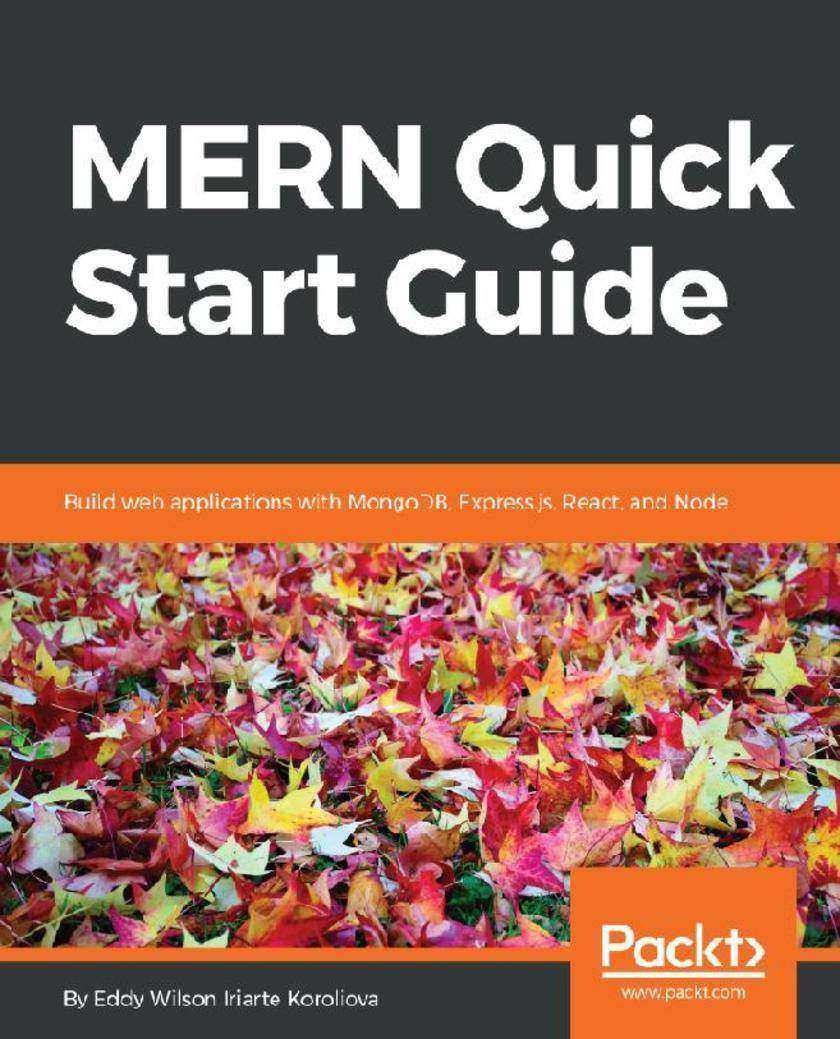
MERN Quick Start Guide
¥54.49
Build web applications with MongoDB, ExpressJS, React, and Node About This Book ? Build applications with the MERN stack ? Work with each component of the MERN stack ? Become confident with MERN and ready for more! Who This Book Is For The book is for JavaScript developers who want to get stated with the MERN Stack. What You Will Learn ? Get started with the MERN stack ? Install Node.js and configure MongoDB ? Build RESTful APIs with Express.js and Mongoose ? Build real-time applications with Socket.IO ? Manage synchronous and asynchronous data flows with Redux ? Build web applications with React In Detail The MERN stack is a collection of great tools—MongoDB, Express.js, React, and Node—that provide a strong base for a developer to build easily maintainable web applications. With each of them a JavaScript or JavaScript-based technology, having a shared programming language means it takes less time to develop web applications. This book focuses on providing key tasks that can help you get started, learn, understand, and build full-stack web applications. It walks you through the process of installing all the requirements and project setup to build client-side React web applications, managing synchronous and asynchronous data flows with Redux, and building real-time web applications with Socket.IO, RESTful APIs, and other concepts. This book gives you practical and clear hands-on experience so you can begin building a full-stack MERN web application. Quick Start Guides are focused, shorter titles that provide a faster paced introduction to a technology. They are for people who don't need all the detail at this point in their learning curve. The presentation has been streamlined to concentrate on the things you really need to know. Style and approach This guide shows you how to use your JavaScript knowledge to build web applications that use the MERN stack in both client-side and in server-side environments.
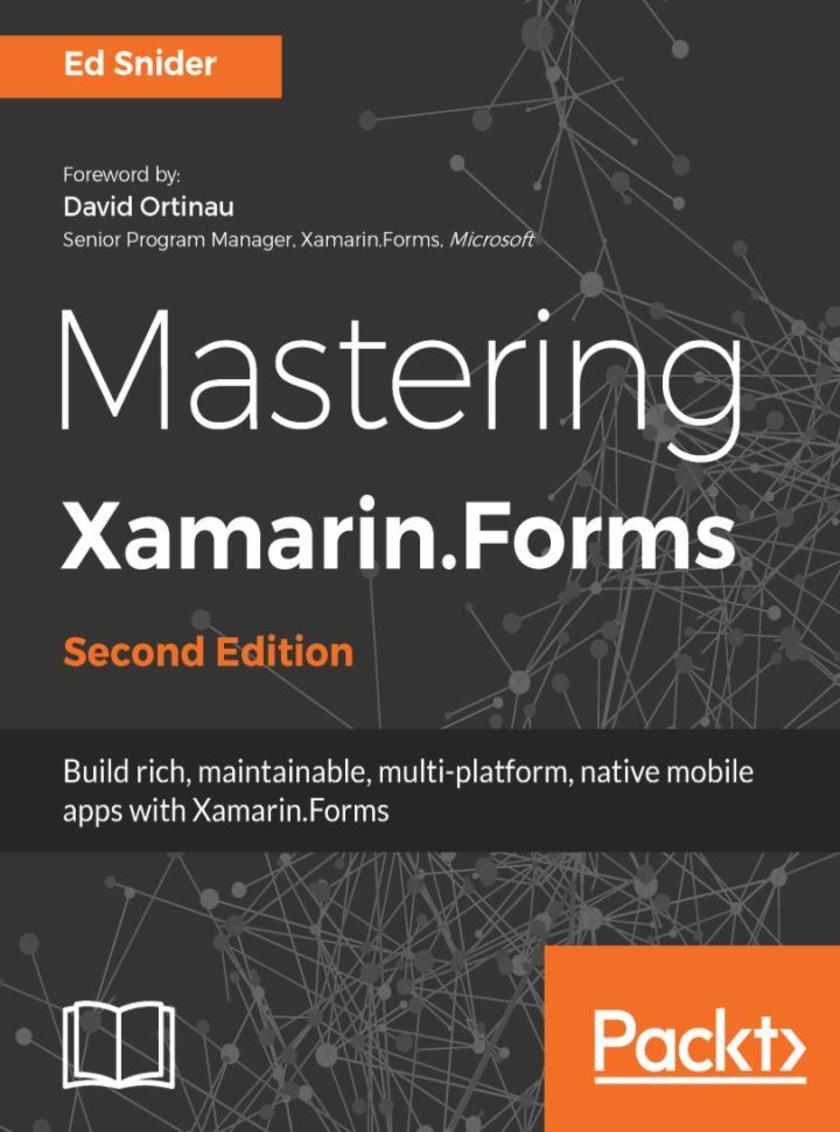
Mastering Xamarin.Forms - Second Edition
¥54.49
Create high-quality multi-platform native apps with Xamarin.Forms About This Book ? Packed with real-world scenarios and solutions to help you build professional-grade mobile apps with Xamarin.Forms ? Build an effective mobile app architecture with the Xamarin.Forms toolkit ? Find out how, when, and why you should use architectural patterns and get best practices with Xamarin.Forms Who This Book Is For This book is intended for C# developers who are familiar with the Xamarin platform and the Xamarin.Forms toolkit. If you have already started working with Xamarin.Forms and want to take your app to the next level with higher quality, maintainability, testability, and flexibility, then this book is for you. What You Will Learn ? Implement the Model-View-View-Model (MVVM) pattern and data-binding in Xamarin.Forms mobile apps ? Extend the Xamarin.Forms navigation API with a custom ViewModel-centric navigation service ? Leverage the inversion of control and dependency injection patterns in Xamarin.Forms mobile apps ? Work with online and offline data in Xamarin.Forms mobile apps ? Test business logic in Xamarin.Forms mobile apps ? Use platform-specific APIs to build rich custom user interfaces in Xamarin.Forms mobile apps ? Explore how to improve mobile app quality using Visual Studio AppCenter In Detail Discover how to extend and build upon the components of the Xamarin.Forms toolkit to develop an effective, robust mobile app architecture. Starting with an app built with the basics of the Xamarin.Forms toolkit, you'll go step by step through several advanced topics to create a solution architecture rich with the benefits of good design patterns and best practices. You'll start by introducing a core separation between the app's user interface and its business logic by applying the MVVM pattern and data-binding. Then you focus on building out a layer of plugin-like services that handle platform-specific utilities such as navigation and geo-location, and on how to loosely use these services in the app with inversion of control and dependency injection. Next you connect the app to a live web-based API and set up offline synchronization. Then, you delve into testing the app logic through unit tests. Finally, you set up Visual Studio App Center for monitoring usage and bugs to gain a proactive edge on app quality. Style and approach This easy-to-follow, code-rich guide will walk you through building a real-world Xamarin.Forms mobile app from start to finish. Each chapter builds on the app by applying new advanced capabilities, design patterns, and best practices. Packed with real-world scenarios, this step-by-step guide will help you quickly build professional-grade apps with Xamarin.Forms.
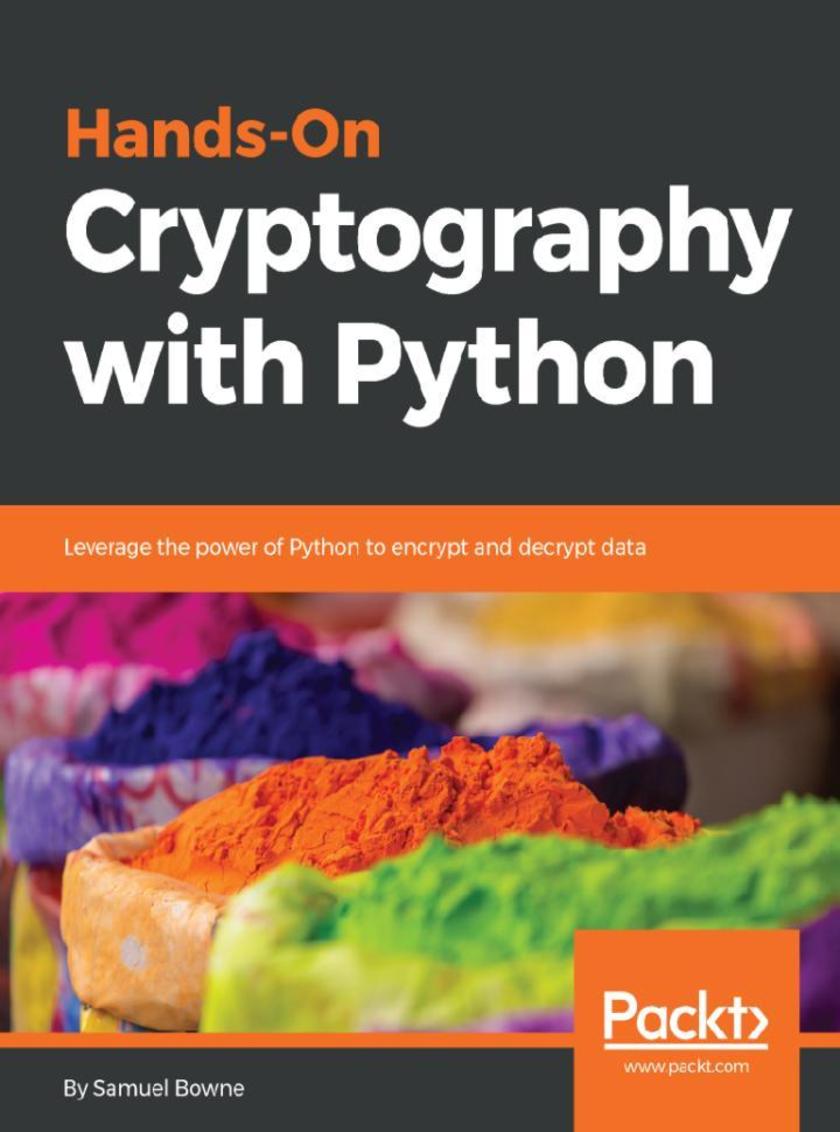
Hands-On Cryptography with Python
¥54.49
Learn to evaluate and compare data encryption methods and attack cryptographic systems About This Book ? Explore popular and important cryptographic methods ? Compare cryptographic modes and understand their limitations ? Learn to perform attacks on cryptographic systems Who This Book Is For Hands-On Cryptography with Python is for security professionals who want to learn to encrypt and evaluate data, and compare different encryption methods. What You Will Learn ? Protect data with encryption and hashing ? Explore and compare various encryption methods ? Encrypt data using the Caesar Cipher technique ? Make hashes and crack them ? Learn how to use three NIST-recommended systems: AES, SHA, and RSA ? Understand common errors in encryption and exploit them In Detail Cryptography is essential for protecting sensitive information, but it is often performed inadequately or incorrectly. Hands-On Cryptography with Python starts by showing you how to encrypt and evaluate your data. The book will then walk you through various data encryption methods,such as obfuscation, hashing, and strong encryption, and will show how you can attack cryptographic systems. You will learn how to create hashes, crack them, and will understand why they are so different from each other. In the concluding chapters, you will use three NIST-recommended systems: the Advanced Encryption Standard (AES), the Secure Hash Algorithm (SHA), and the Rivest-Shamir-Adleman (RSA). By the end of this book, you will be able to deal with common errors in encryption. Style and approach A practical guide that will help the readers to encrypt their data with ease




 购物车
购物车 个人中心
个人中心



